
The Roots of Palmistry: A Glimpse into Its Ancient Practice
Delve into the fascinating history of palmistry, from its ancient beginnings to its global spread, and discover how it gained prominence in the world of divination.
article by Nora Pennington
Palmistry's Ancestral Footprints
The art of palmistry, also known as chiromancy, carries with it a rich tapestry of history that extends back thousands of years. As a practice, palmistry aims to analyze an individual's palm to predict their future and discern their characteristics. Historically, the craft originated within different cultures almost simultaneously, indicating a universal fascination with the concept. Ancient texts and archaeological evidence trace the earliest forms of palmistry to India, from which it likely spread to China, Tibet, Persia, Egypt, and Greece—translating and transforming across countless civilizations.
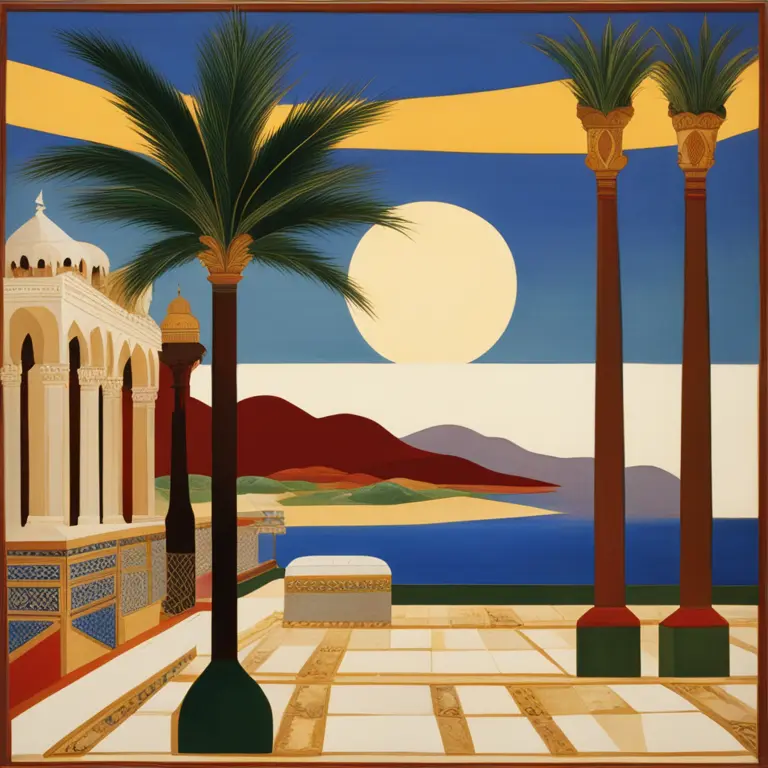
Vedic Beginnings and Chinese Influence
In India, palmistry's roots can be connected to the sacred Hindu scriptures known as the Vedas. This ancient doctrine sheds light on the practice as an extension of Vedic astrology. On the other side of Asia, the Chinese I Ching and traditional medicine incorporated palmistry, attesting to its significance within Chinese culture. Both Indian and Chinese adaptations highlight a combination of astrological correlations and elemental theories, integrating palmistry into their holistic views of the universe.

Greek Philosophy and Palmistry
The significant contribution of Greek scholars to palmistry cannot be overlooked. The renowned philosopher Aristotle is said to have found a treatise on palmistry on an altar to Hermes, which he presented to his pupil, the great Alexander the Great. This illustrates the high regard in which the practice was held; it meshed well with Greek thought, which often sought to understand human nature and destiny through various forms of augury and oracles.
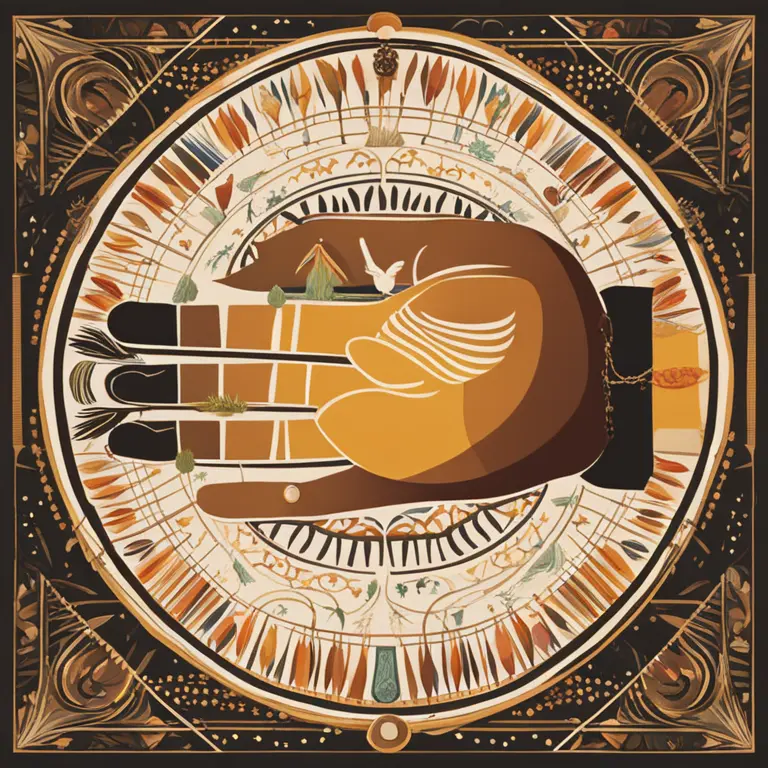
Arabian Nights and Medieval Europe
During the Middle Ages, Arab scholars played a pivotal role in preserving and nurturing the art of palmistry. The Islamic Golden Age saw advancements in many fields, and learned individuals like Ibn-e-Khaldun recorded the practice in their works. As the knowledge traveled across continents, it reached Europe via the vibrant trade routes and became entangled with Romany fortune-telling traditions, gaining a somewhat mystical and romantic allure in the Western world.
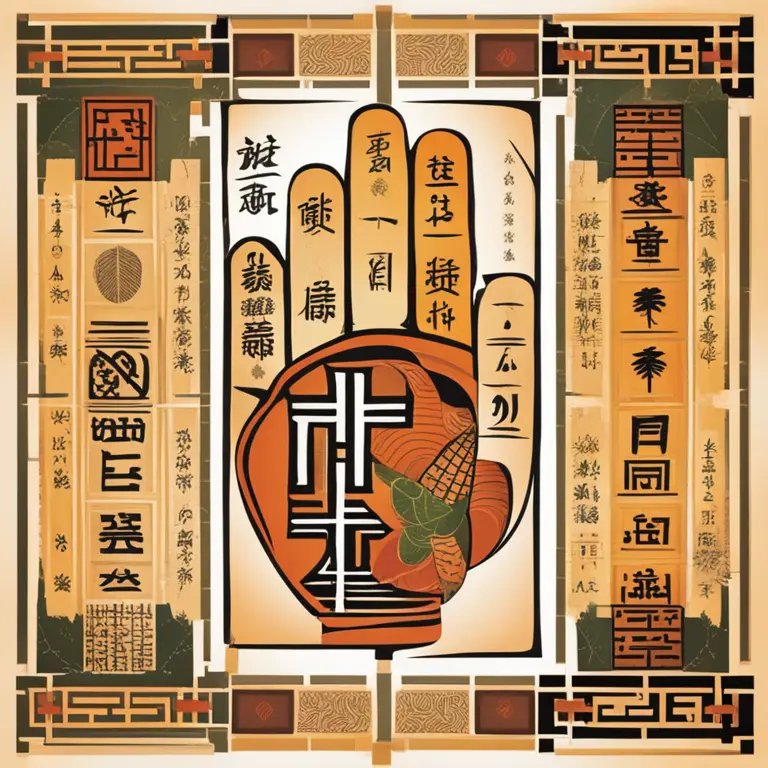
The Revival in the Modern Era
It wasn't until the 19th century that palmistry witnessed a resurgence in the West, largely due to figures such as Captain Casimir D'Arpentigny and William John Warner, also known as Cheiro. These practitioners authored comprehensive texts on the subject, linking it to other esoteric studies and securing its place in popular culture. As a result, palmistry underwent a period of systematization, with hand shapes, lines, and mounts becoming standard concepts known to enthusiasts worldwide.
Palmistry Today and Beyond
In contemporary times, palmistry continues to evolve, incorporating psychological analysis and scientific research into its methods. With the advent of technology, palm reading has found new mediums for expression and dissemination, from online readings to in-depth analyses enabled by AI and imaging software. As we venture further into the 21st century, palmistry's appeal seems to hold steady, perpetuating our inherent desire to glimpse into the future, unlock the secrets of our personalities, and understand our place in the grand scheme of things.
Published: 1/11/2024
Modified: 1/12/2024
More predictions
Come back here soon to learn more about yourself and your future


Can We Trust Palmistry?
Delving into the realm of palmistry, this article examines its credibility and place in contemporary spiritual practices.
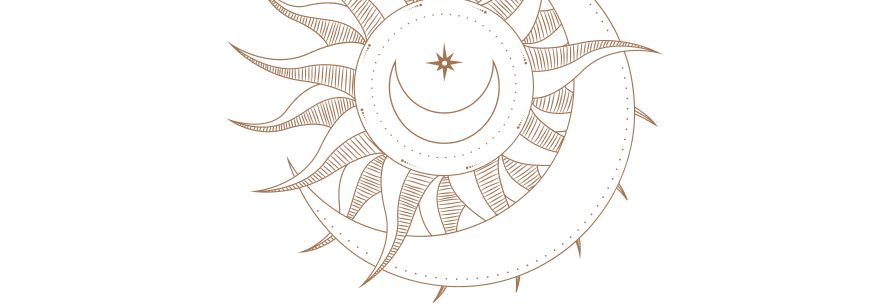

The Essence of Palmistry: Interpreting Lines and Shapes
Delve into the world of palmistry to discover the meanings behind the lines and shapes etched into the palms of your hands.
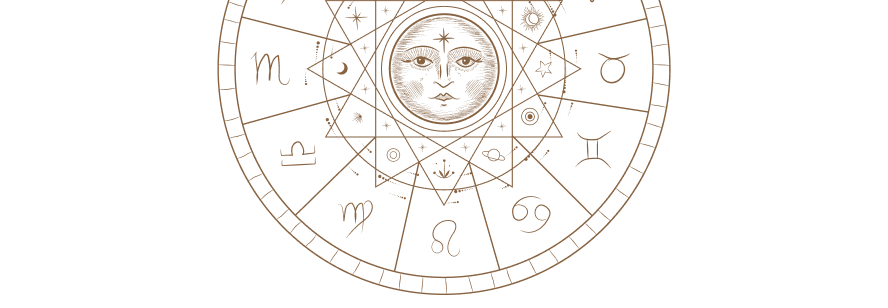
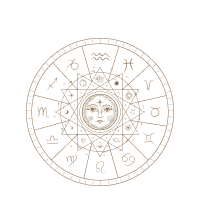
The Ancient Art of Vedic Palmistry
Discover the ancient art of Vedic Palmistry and its practice in the modern era, revealing the secrets held within the lines of the hand.